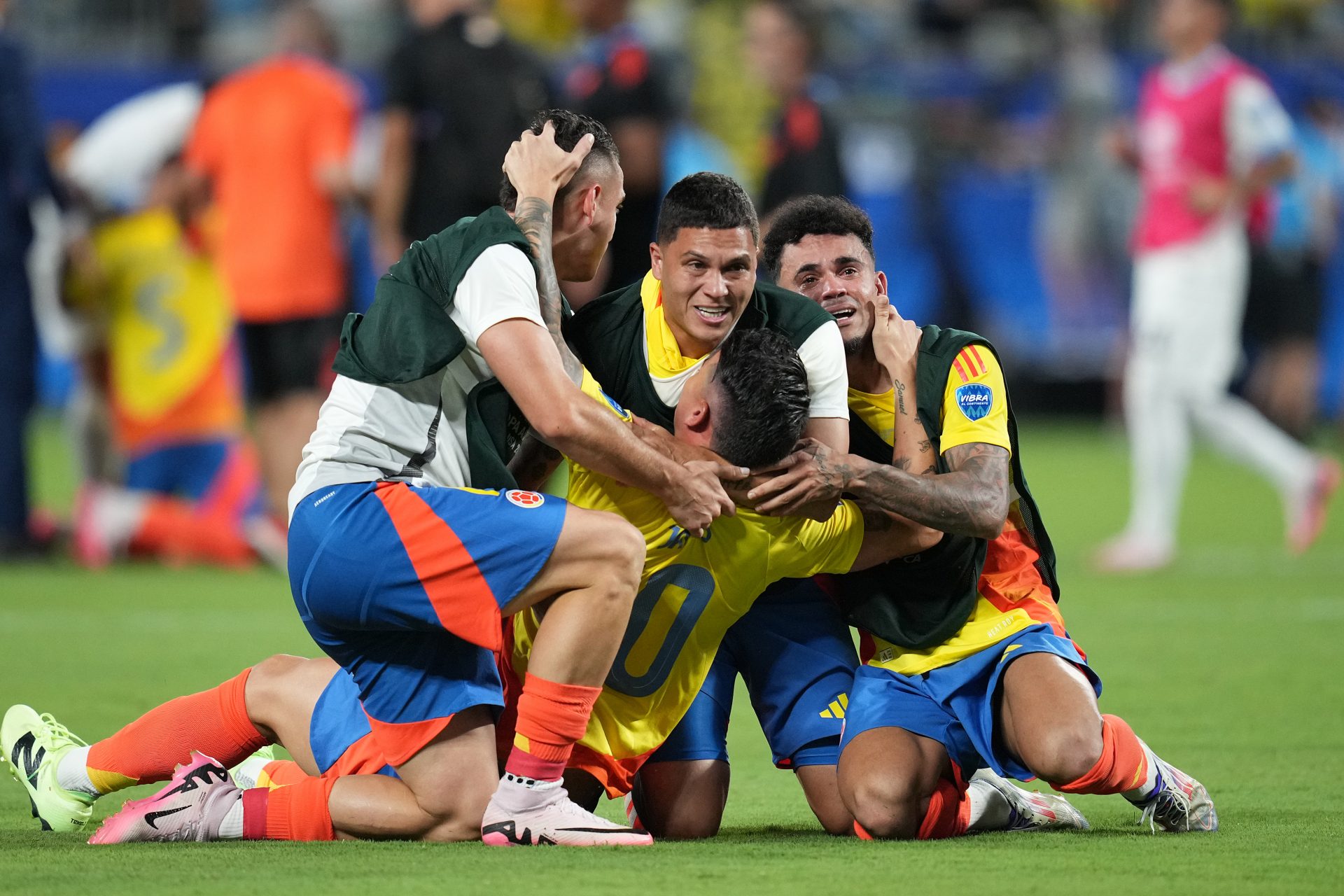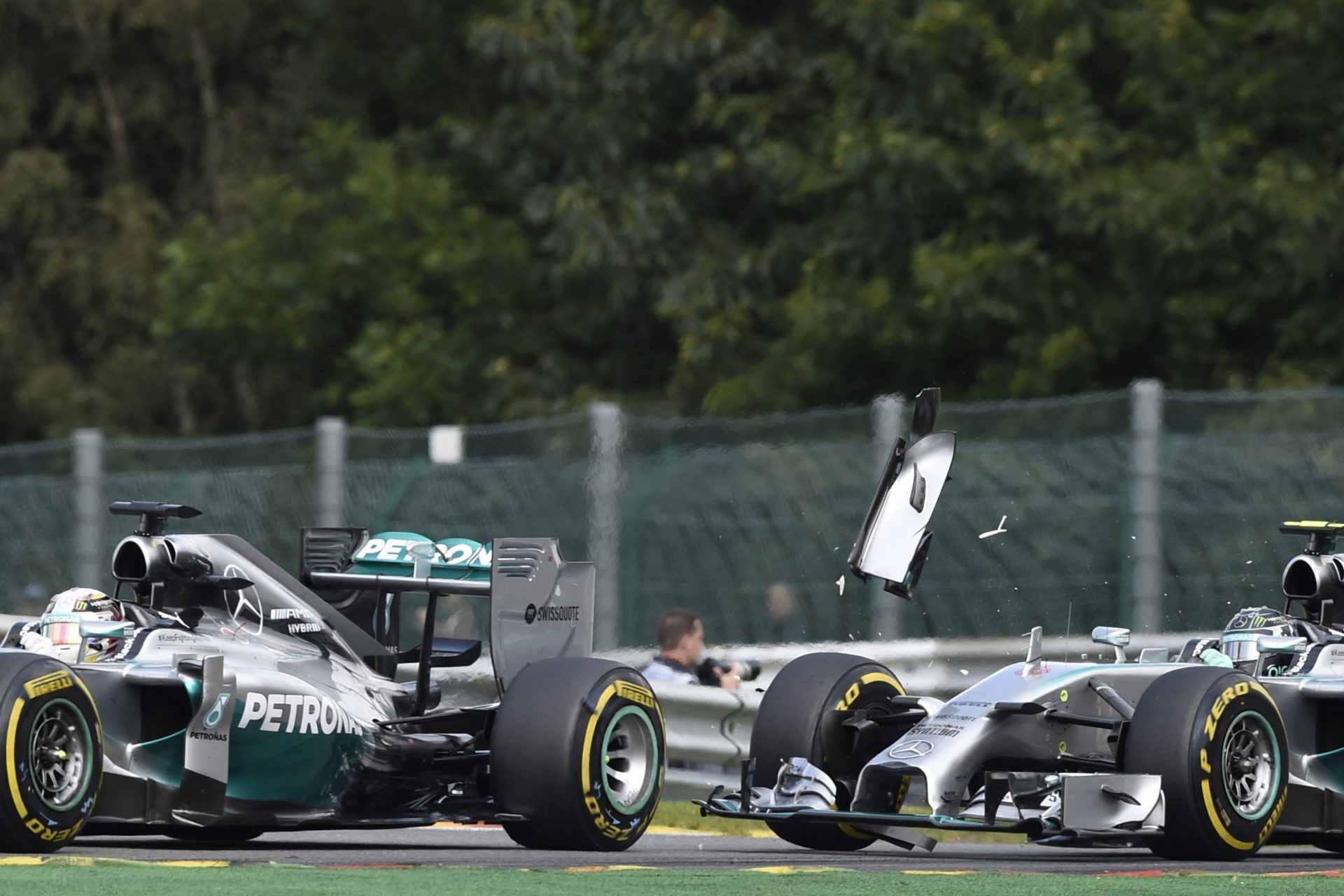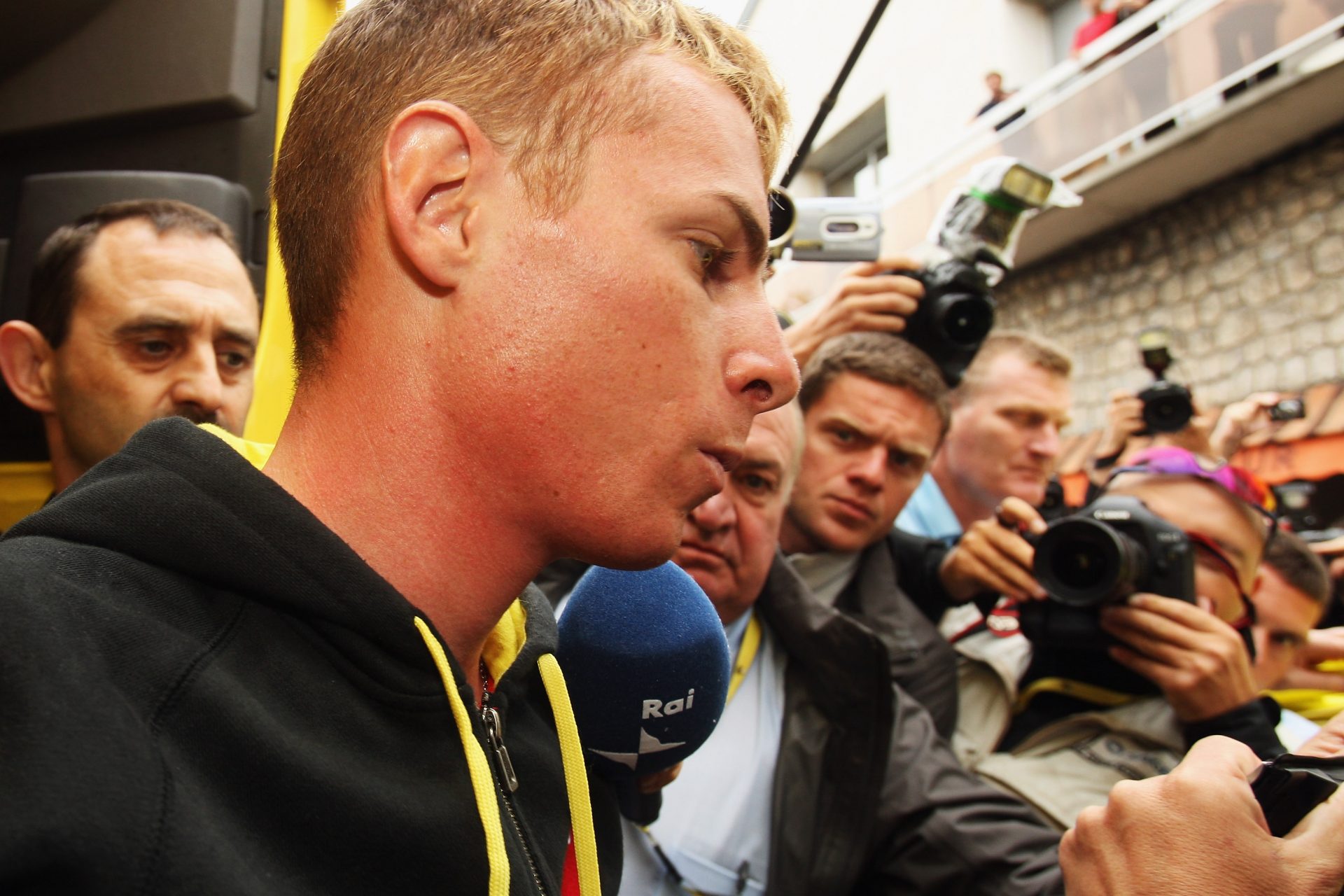Is there a 'Group of Death' in the 2022 World Cup?
The group of death is an essential part of the World Cup legend. Fans and analysts start looking for the group with the best squads as soon as FIFA announces the distribution. But which four teams are in the group of death at the 2022 World Cup?
Imagine locking four top boxers in one little room. Just before closing the door, they hear that only two can come out. That is a group of death: an error of distribution that makes four of the strongest teams fight for two spots in Round of 16 of the World Cup.
There are eight groups in the World Cup. FIFA's seeding system assigns the host nation and the seven strongest teams to each group. Then, it organizes three pots, with eight teams each, by ranking. Finally, it ensures only one squad from each qualification zone (Africa, Asia, CONCACAF, Europe, South America, and Oceania) enters each group. The only exception is Europe, which has two teams in each party.
This World Cup is the last time this format will be in place. In 2026, the championship will welcome 48 teams, 16 more than the 32 that play now. Qualifications will be less competitive with more spots, so the chance of a group with only tough teams will be slim.
Groups of death have existed in every recent World Cup. According to Sporting News, in the 2002 Corea-Japan World Cup, it was Group F: England, Argentina, Sweden, and Nigeria. The outcome was a surprise, with Argentina falling to England and drawing with Sweden. England was the clear winner of the party, reaching the quarterfinals.
In the 2006 Germany World Cup, Group C (Argentina, the Netherlands, Ivory Coast, and Serbia) was the group of death, according to The Guardian. Argentina and the Netherlands had a more comfortable ride than expected, qualifying for the next round in first and second place, respectively.
According to Sporting News, France, Mexico, Uruguay, and South Africa (the host) were part of the group of death in 2010. The European squad was the favorite, but the host turned the group around with a surprising performance. Uruguay and Mexico advanced to the knockout round.
In the 2014 Brazil World Cup, the group of death was B (Spain, the Netherlands, Chile, and Australia), according to The Guardian. The opening game was a rematch of the last final, between Spain and Holland, which became the perfect revenge when the runner-up beat the former champion 5 -1.
The second candidate for a group of death in 2014 was Group D: England, Italy, Costa Rica, and Uruguay. In a historical turn, Costa Rica topped the group, leaving England and Italy out of the knockout round.
In 2018, Group D was the deathliest, according to Goal.com. It featured Argentina, Croatia, Iceland, and Nigeria, with the first two advancing to the Round of 16. France, the champion, eliminated Argentina. Croatia played in the final against them.
There are two ways of establishing the group of death in a World Cup: rankings or analysis. The first one is simple: add all the ranking numbers of the teams, and the group with the lowest result is the deadliest. The second one needs a little more work: analyzing the performance of each team in the qualifying season, other World Cups, and their particular strengths.
According to the FIFA ranking, the strongest teams competing in this World Cup are Brazil, Belgium, France, Argentina, England, Spain, and Portugal. All those squads are in different groups, following the distribution rules.
Sporting News chose Group E as the deadliest, with Spain, Germany, Japan, and Costa Rica. On the other hand, Al Jazeera determined that Group B, featuring England, Iran, the United States, and Wales, was the most difficult. Each outlet had a different perspective when establishing the group of death for this World Cup.
Sporting News argues that two European powers, Spain and Germany, make the group highly difficult. But Japan and Costa Rica are not behind. Both teams ranked high and have had impressive participation in past World Cups. The outlet puts a special notice in Japan, "boasting top talent and a cohesive squad."
According to Al Jazeera, everything is a matter of numbers. Group B features England (5th), the U.S. (16th), Wales (19th), and Iran (20th). The overall ranking sum of the teams is an impressive 60. All the teams are in the top 20 of the FIFA ranking, within 15 places from each other.
History has shown that things can change quickly in the World Cup. The group of death does not necessarily feature the champion of the tournament, and unexpected teams can take the lead. A squad can turn its fate in the 90 minutes of a match. That is what makes soccer special.
More for you
Top Stories





























